Last summer, scientists found a “ghost particle” in Antarctica. Now we know more about where it came from: a mysterious galaxy 3.8 billion light-years away.
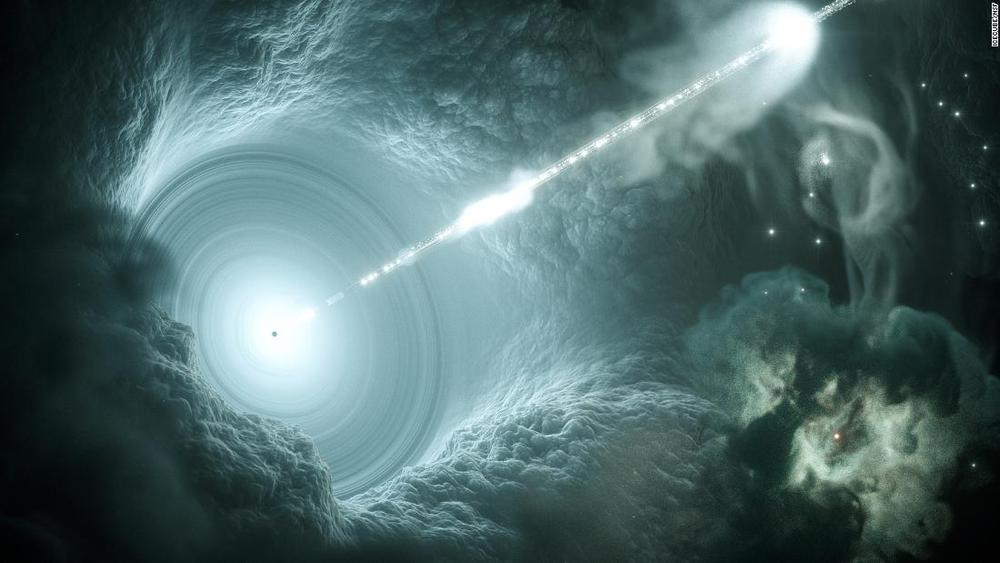

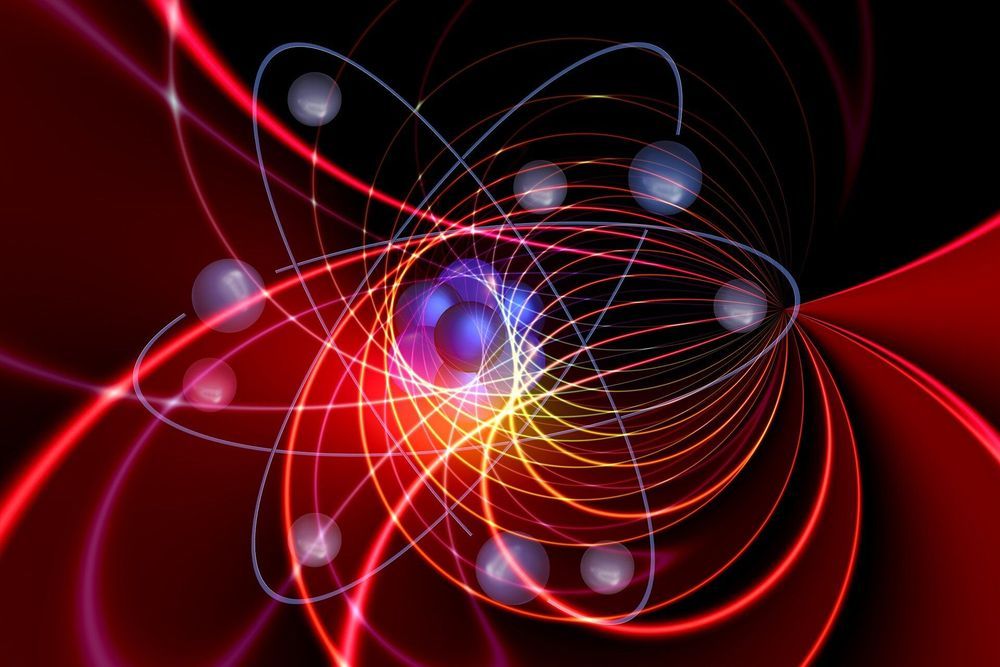
Energy is a quantity that must always be positive—at least that’s what our intuition tells us. If every single particle is removed from a certain volume until there is nothing left that could possibly carry energy, then a limit has been reached. Or has it? Is it still possible to extract energy even from empty space?
Quantum physics has shown time and again that it contradicts our intuition, which is also true in this case. Under certain conditions, negative energies are allowed, at least in a certain range of space and time. An international research team at the TU Vienna, the Université libre de Bruxelles (Belgium) and the IIT Kanpur (India) have now investigated the extent to which negative energy is possible. It turns out that no matter which quantum theories are considered, no matter what symmetries are assumed to hold in the universe, there are always certain limits to “borrowing” energy. Locally, the energy can be less than zero, but like money borrowed from a bank, this energy must be “paid back” in the end.

Investigating the heaviest elements known is rewriting our knowledge of chemistry and may even mean the end of the periodic table itself, writes Kit Chapman.
In 2018, Peter Schwerdtfeger published a paper that turned chemistry on its head. According to calculations he and his colleagues performed, oganesson – element 118, the heaviest known – was not a noble gas as you would expect from its position in the periodic table, but a highly reactive solid. Even stranger, it didn’t seem to have electron shells.1
‘Well, that statement is oversimplified,’ says Schwerdtfeger, a theoretical chemist at Massey University in New Zealand. ‘You can still build up the electron densities from orbitals describing individual shells. What happens is that for oganesson the shell structure is barely visible, approaching an electron gas.’

The news: A gel developed by Stanford researchers could be sprayed on forests and vegetation to make them fire-resistant, helping to stop wildfires from spreading. It’s made from cellulose polymers (extracted from plants) and particles of silica, which are chemically identical to sand, mixed with a flame-retardant fluid.
How to use it: Fire-fighting sprays are currently used on wildfires only in emergencies: this new approach would deploy them protectively before any fires can break out. In a paper in Proceedings of the National Academy of Sciences, the researchers say the gel is nontoxic and biodegradable.
Rain-resistant: The team tested the gel on plants in the laboratory and then on patches of grass by a road in California, supervised by local firefighters. They found it can withstand wind and up to half an inch of rain, so iy only needs to be applied once per fire season (if it rains more than that, the risk of wildfires plummets anyway).
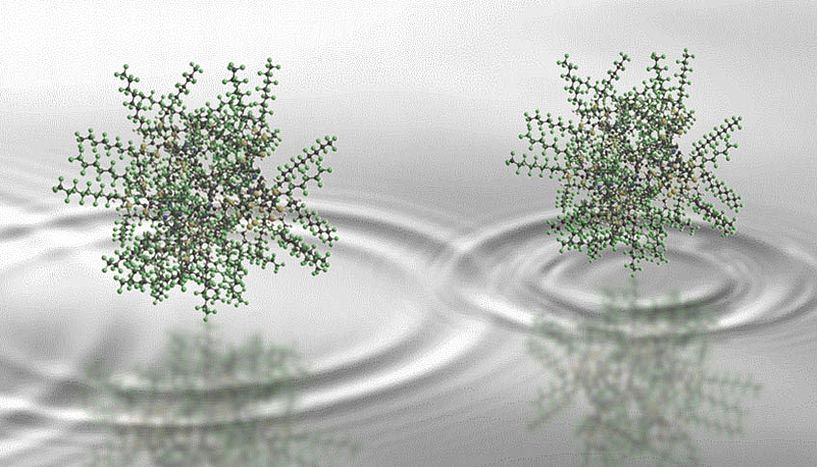
The quantum superposition principle has been tested on a scale as never before in a new study by scientists at the University of Vienna in collaboration with the University of Basel. Hot, complex molecules composed of nearly two thousand atoms were brought into a quantum superposition and made to interfere. By confirming this phenomenon – “the heart of quantum mechanics”, in Richard Feynman’s words – on a new mass scale, improved constraints on alternative theories to quantum mechanics have been placed. The work was published in Nature Physics on September 23, 2019.
Quantum to classical?
The superposition principle is a hallmark of quantum theory which emerges from one of the most fundamental equations of quantum mechanics, the Schrödinger equation. It describes particles in the framework of wave functions, which, much like water waves on the surface of a pond, can exhibit interference effects. But in contrast to water waves, which are a collective behavior of many interacting water molecules, quantum waves can also be associated with isolated single particles.

Geneva. Arts at CERN announces two open calls for art residencies – Collide Geneva/Dance and Accelerate Finland – and the arrival of the winners of Collide International, Rosa Menkman, and Collide Pro Helvetia, Christina Hemauer and Roman Keller. The art residency programmes are based on the particle physics laboratory’s cultural strategy, which aims to foster networks between local and international organisations through platforms that engage art and science.
“Arts at CERN plays an important role in augmenting the interest seen in the interaction of the arts and sciences in recent years. By inviting artists and scientists to have a dialogue in the Laboratory, the programme shows how the two fields impact one another. I am proud to announce new opportunities for participation, and to welcome artists-in-residence this autumn,” says Mónica Bello, head of Arts at CERN.
For the sixth Collide Geneva residency, Arts at CERN, the Republic and Canton of Geneva and the City of Geneva have joined forces. The three-month fully funded residency award will be granted to a Geneva-based artist or artist collective working in the field of dance. The winner will have the opportunity to carry out their research at CERN and work together with particle physicists, engineers and IT professionals. Collide Geneva/Dance encourages applications from dance artists inspired by scientific ideas or technological concepts, with innovative approaches in their artistic expression.
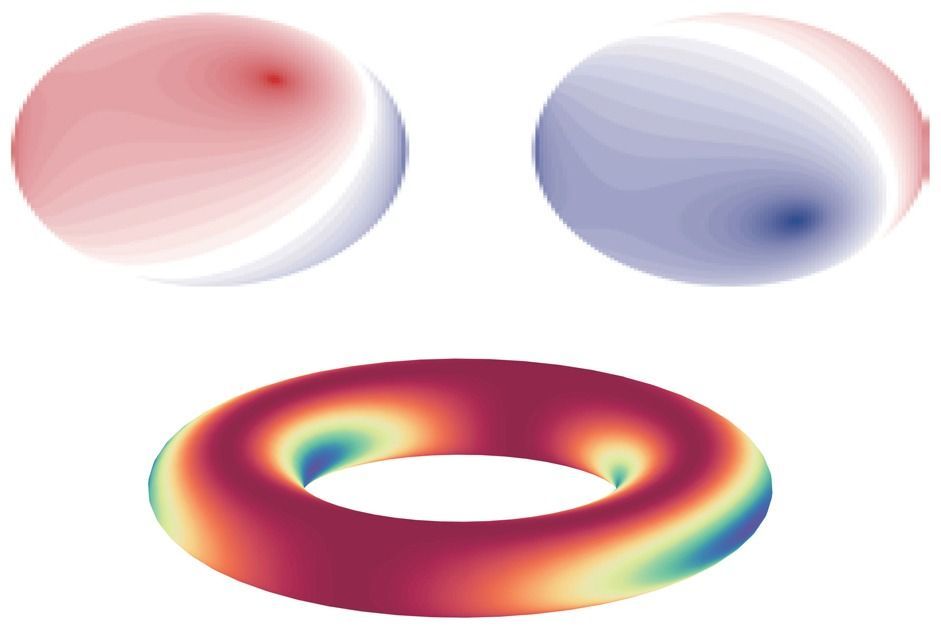
For the first time, physicists in the US have confirmed a decades-old theory regarding the breaking of time-reversal symmetry in gauge fields. Marin Soljacic at the Massachusetts Institute of Technology and an international team of researchers have made this first demonstration of the “non-Abelian Aharonov-Bohm effect” in two optics experiments. With improvements, their techniques could find use in optoelectronics and fault-tolerant quantum computers.
First emerging in Maxwell’s famous equations for classical electrodynamics, a gauge theory is a description of the physics of fields. Gauge theories have since become an important part of physicists’ descriptions of the dynamics of elementary particles – notably the theory of quantum electrodynamics.
A salient feature of a gauge theory is that the physics it describes does not change when certain transformations are made to the underlying equations describing the system. An example is the addition of a constant scalar potential or a “curl-free” vector potential to Maxwell’s equations. Mathematically, this does not change the electric and magnetic fields that act on a charged particle such as an electron – and therefore the behaviour of the electron – so Maxwell’s theory is gauge invariant.
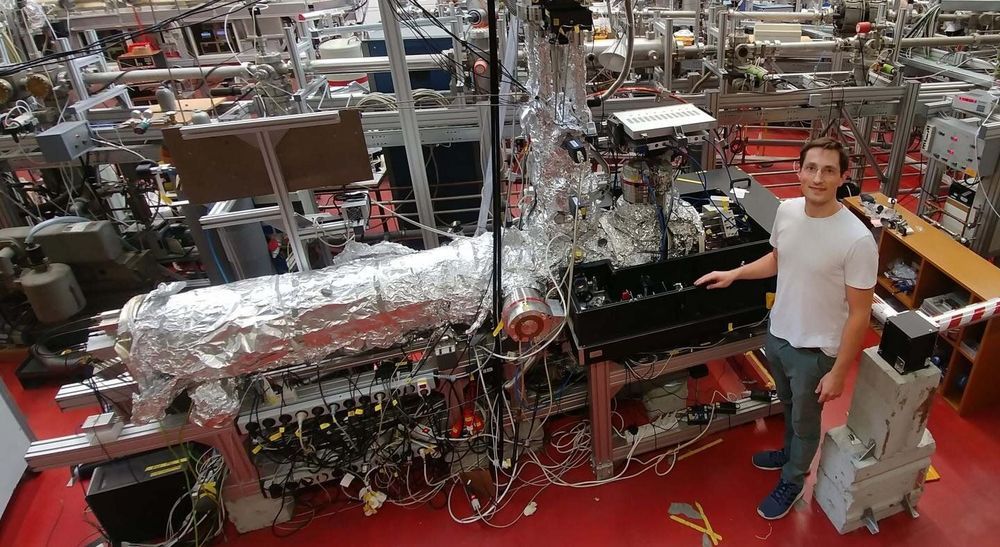
Albert Einstein received the Nobel Prize for explaining the photoelectric effect: in its most intuitive form, a single atom is irradiated with light. According to Einstein, light consists of particles (photons) that transfer only quantised energy to the electron of the atom. If the photon’s energy is sufficient, it knocks the electrons out of the atom. But what happens to the photon’s momentum in this process? Physicists at Goethe University are now able to answer this question. To do so, they developed and constructed a new spectrometer with previously unattainable resolution.
Doctoral student Alexander Hartung became a father twice during the construction of the apparatus. The device, which is three meters long and 2.5 meters high, contains approximately as many parts as an automobile. It sits in the experiment hall of the Physics building on Riedberg Campus, surrounded by an opaque, black tent inside which is an extremely high performing laser. Its photons collide with individual argon atoms in the apparatus, and thereby remove one electron from each of the atoms. The momentum of these electrons at the time of their appearance is measured with extreme precision in a long tube of the apparatus.
The device is a further development of the COLTRIMS principle that was invented in Frankfurt and has meanwhile spread across the world: it consists of ionising individual atoms, or breaking up molecules, and then precisely determining the momentum of the particles. However, the transfer of the photon momentum to electrons predicted by theoretic calculations is so tiny that it was previously not possible to measure it. And this is why Hartung built the “super COLTRIMS.”
Paul M. Sutter is an astrophysicist at The Ohio State University, host of Ask a Spaceman and Space Radio, and author of “Your Place in the Universe.” Sutter contributed this article to Space.com’s Expert Voices: Op-Ed & Insights.
Is it a wave, or is it a particle? This seems like a very simple question. Waves are very distinct phenomena in our universe, as are particles. And we have different sets of mathematics to describe each of them. So, if we want to go about describing the entire universe, this appears to be a very handy classification scheme — except when it isn’t. And it isn’t in one of the most important aspects of our universe: the subatomic world.
When it comes to things like photons and electrons, the answer to the question “Do they behave like waves or particles?” is … yes.
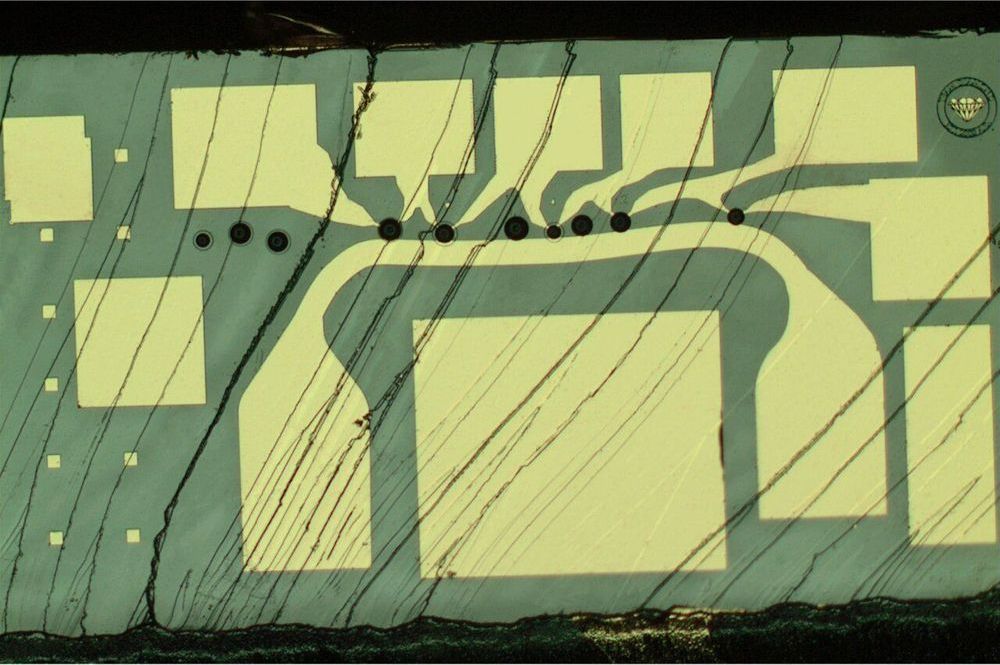
In years to come, quantum computers and quantum networks might be able to tackle tasks that are inaccessible to traditional computer systems. For instance, they could be used to simulate complex matter or enable fundamentally secure communications.
The elementary building blocks of quantum information systems are known as qubits. For quantum technology to become a tangible reality, researchers will need to identify strategies to control many qubits with very high precision rates.
Spins of individual particles in solids, such as electrons and nuclei have recently shown great promise for the development of quantum networks. While some researchers were able to demonstrate an elementary control of these qubits, so far, no one has reported entangled quantum states containing more than three spins.